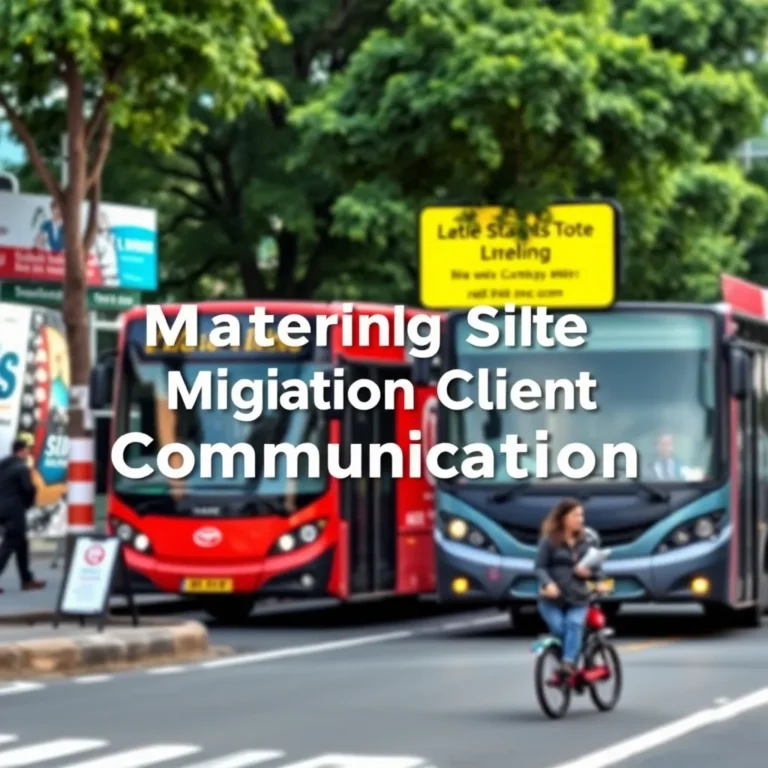Mastering Client Communication for Seamless Site Migrations
The article outlines a crucial communication framework for SEO professionals to effectively explain the intricate process of site migration to non-SEO clients. This ‘communication product' aims to demystify site transitions, ensuring clients grasp the ‘why' and ‘what' behind these significant technical undertakings. Key features of this strategy include the proactive identification of migration scenarios using technical cues, a structured approach to explaining potential impacts, and managing client expectations regarding timelines and outcomes.
SEOs are advised to translate complex technical jargon into understandable terms, often employing analogies to simplify concepts for clients. The framework emphasizes breaking down the migration into manageable stages, clarifying specific changes (e.g., URL structure, server changes, platform shifts), and detailing how these could temporarily affect SEO performance, such as rankings or traffic fluctuations. A core ‘feature' is the commitment to clear, jargon-free language, fostering a shared understanding.
The primary benefits of this methodical communication approach are substantial. It facilitates a smoother transition for all stakeholders by mitigating client anxiety and preventing misunderstandings. By proactively addressing potential dips in performance and outlining the recovery strategy, SEO professionals build trust and demonstrate their expertise. This ‘product' ensures clients remain informed, feel supported, and understand the long-term strategic advantages of the migration, leading to better client relationships and project outcomes.
The target audience for this communication strategy includes SEO professionals who must convey technical information effectively, and their clients—typically business owners or marketing managers—who require clear, actionable insights without deep technical knowledge. While not a tangible ‘product' in the traditional sense, the ‘technical specifications' underpinning this communication involve a deep understanding of SEO principles related to migrations. This encompasses knowing how to conduct pre-migration audits, assess server and redirect configurations, implement proper canonicalization, and perform rigorous post-migration monitoring for indexing, crawling, and ranking stability. The strategy implicitly relies on the SEO’s ability to predict and explain the technical implications of changes, such as 301 redirects, content shifts, or domain changes, and to articulate the necessary steps to preserve and enhance SEO value throughout the migration lifecycle.
(Source: https://moz.com/blog/how-to-communicate-site-migration-to-clients-whiteboard-friday)









